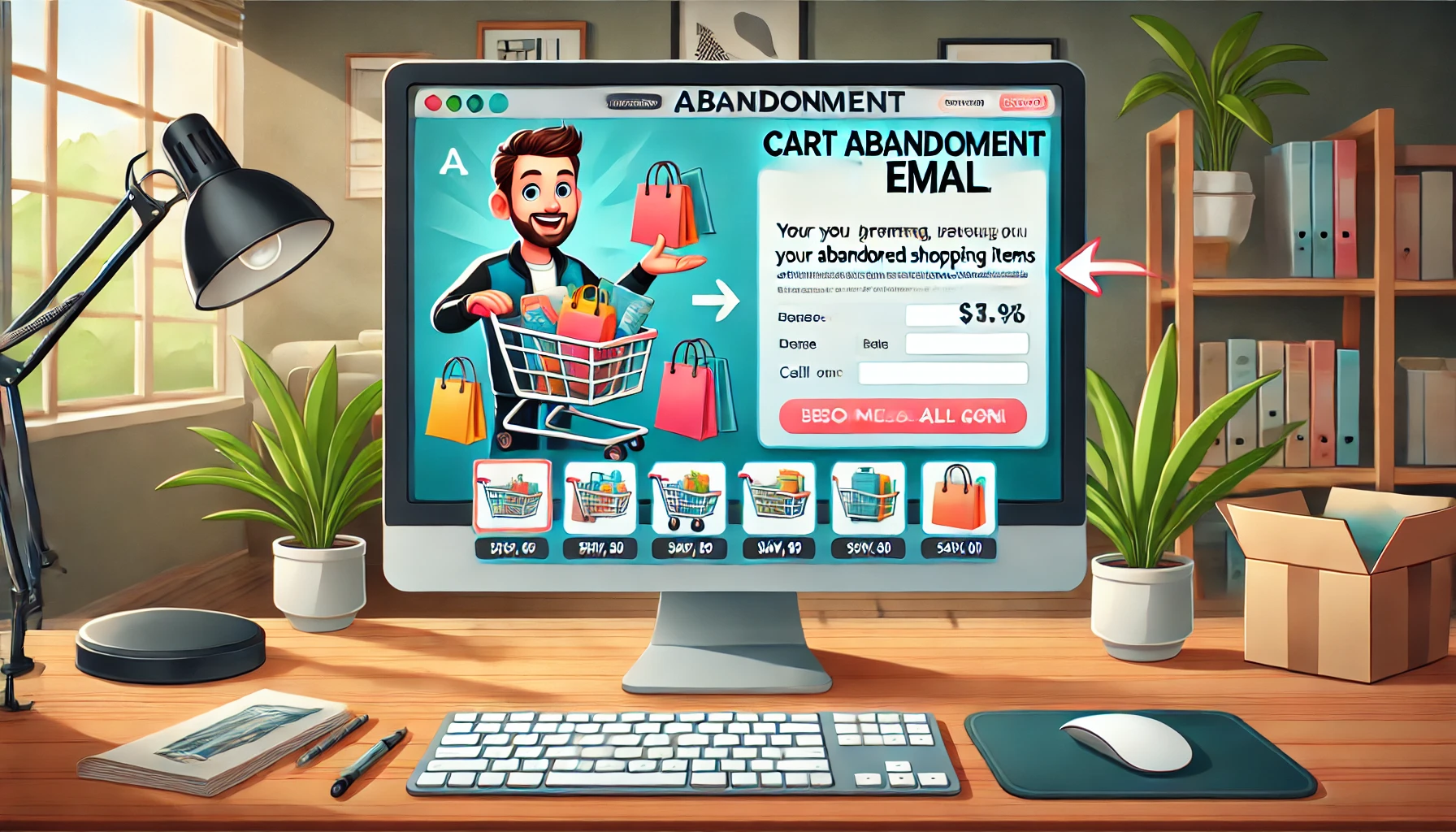One thing I’ve learned as a business owner is that sitting back and waiting for the right customers to stumble upon your business just isn’t an option. Good news is, we have a ton of paid advertising tools at our disposal that help us reach out instead of just waiting around.
Now, I won’t sugarcoat it—advertising can burn a hole in your wallet really quickly if you’re not careful about targeting just the people you want to reach. That’s where the magic of targeted advertising comes into play.
Most advertising platforms, whether it’s Google or various social media channels, are equipped with some pretty solid features for honing in on your ideal audience. And one of the slickest features out there is what’s called a lookalike audience.
In this guide, I’m going to walk you through how to tap into this feature by creating a lookalike audience on Facebook and Google. These platforms are my go-to because they have a massive reach, which can really amplify your ad campaigns.
Before we dive into the nuts and bolts of creating a lookalike audience on these platforms, let’s first make sure we all understand what a lookalike audience actually is. This will help you get the most out of your ad campaigns.
What’s a Lookalike Audience, Anyway?
So, let’s break it down. On platforms like Facebook and Google, a lookalike audience is basically a group of people who share characteristics with folks who’ve already interacted with your brand—maybe they’ve bought something from you or consistently engage with your content.
These platforms use some seriously smart algorithms to work their magic. When you feed them data on your current audience (we call this your ‘source audience’), they scan through heaps of user profiles to find people who match up. It’s like having a digital detective that can find the people most likely to be into what you offer.
How Do You Set This Up?
You start with what we call source or custom audiences, which could include:
- Lists of people who’ve bought something from you or subscribed to your newsletters.
- Users who’ve interacted with your Facebook content, like watching your videos or engaging with your posts.
- Visitors to your website or those who’ve checked out specific pages.
Why Bother with a Lookalike Audience?
If you’re aiming to connect with folks most likely to dig your products or services, lookalike audiences are your best bet. They go way beyond basic demographics or interests targeting. They help you sidestep any off-the-mark guesses you might have about your audience, pointing you towards people who genuinely resemble your actual customers.
Plus, when you’re thinking about expanding, lookalike audiences can be very handy. You can leverage the data from your current customers to reach similar peeps in new areas. While it’s not an exact science, it’s a pretty solid place to start.
What Goes Into Making These Audiences?
Now, neither Facebook nor Google spills much about their secret sauce for cooking up these audiences. But ad pros think they look at stuff like:
- How people interact online—think likes, comments, shares.
- Demographics, interests and which pages they’ve liked.
- Their shopping habits and the ads they click on.
- Their involvement in group activities.
- Data collected through tools like Facebook Pixel.
Do Lookalike Audiences Actually Work?
Totally. They’ve been shown to snag folks who are more likely to engage with your brand. Plus, they typically get better click-through rates than other targeting methods about 90% of the time. So yeah, they’re a big deal if you’re serious about boosting your reach and making your ad spend count.
Where Can You Find Source Audiences?
To really nail your advertising goals, building your lookalike audiences from genuine user data—like your customers and the info they provide—is key. Let me walk you through some prime spots to gather your source audience data. This includes everything from customer lists to how people interact with your site’s content.
Current Customers
Starting with your existing customers is a no-brainer. They’ve already bought from you, which makes them the perfect model for finding more people who might do the same. You can upload lists of these customers to Facebook and Google, allowing these platforms to hunt down similar users. It’s a solid way to make sure your ads are reaching the right eyes.
Forms
Every time someone fills out a form on your site, whether it’s to sign up for a newsletter or download a resource, you get valuable data. This info can set the stage for targeting others with similar profiles or interests.
Login Pages
Tracking who visits your login page can be very insightful. These folks are engaged—they’ve got accounts, they’re returning users—making them ideal for forming a lookalike audience. You might even cross-check this data with your customer list to target those engaged users who haven’t made a purchase yet.
Engaged Users
For boosting your brand awareness or driving more site traffic, tapping into your engaged user base can do wonders. Facebook, for example, allows you to create custom audiences based on how users interact with your content—like how much of a video they’ve watched or how they engage with your posts.
On Google Ads, particularly with YouTube, you can refine your audience based on factors like channel interaction or how long they’ve been viewers.
Cornerstone Content
Your website itself is a treasure trove of data. By analyzing who visits your most popular pages—be it blog posts, how-to guides or demos—you get a clear picture of who’s interested in what you offer. These visitors are prime candidates for becoming part of your source audience because they’re already engaging with your content.
Setting Up for Success
Once you’ve identified your source audiences, it’s time to leverage them to create lookalike audiences on platforms like Facebook and Google. Remember, if you’re using website data for this, setting up tools like the Facebook Pixel is crucial—it tracks site visitors and helps refine your targeting.
Not quite up to speed with PPC advertising? No worries—I’ve got a straightforward guide on running a successful PPC campaign to boost your sales.
Creating a Lookalike Audience on Facebook
Ready to expand your reach on Facebook? Once you’ve set up your Facebook pixel or uploaded your source audiences, you can start crafting a lookalike audience to target users similar to your best customers. Here’s how you can do it, step by step.
Step 1: Head to Facebook Ads Manager
First up, log into your Facebook Ads Manager. Navigate to the ‘Audiences’ section to get started.
Step 2: Initiate Lookalike Audience Creation
On the Audiences page, you’ll see an option to ‘Create a Lookalike Audience.’ Click on that to move forward.
Step 3: Select Your Source Audience
Here’s where you pick your source audience. You can either use an existing audience you’ve previously set up or create a new one right on the spot. To make a new custom audience, click on ‘Create New Source’ and select ‘Custom Audience’ from the dropdown menu.
Pro Tip: If you have data on the lifetime value (LTV) of customers, choose the ‘Custom Audience With LTV’ option. It helps refine your audience based on the value they bring.
Step 4: Define Your Source Audience
Now, decide what data source to use for your audience. Here are some options:
- Website: Target visitors from specific pages of your site.
- Customer List: Target people similar to your existing customers.
- Video: Target users who engage with your videos.
These aren’t your only choices. You can also create audiences based on interactions with your app, offline activities, interactions with your Instagram business profile, lead forms and more. For this guide, we’ll select ‘Website’ and aim at people who have visited our blog.
Step 5: Create and Confirm Your Audience
After selecting your source, hit ‘Create Audience.’ You’ll see a notification that your custom audience is being populated. Once done, hit ‘Done’ to go back to the audiences page where your new custom audience will be listed.
Step 6: Create Your Lookalike Audience
Now, select the custom audience you’ve just created by clicking the checkbox next to it. Click the three dots for more options and select ‘Create Lookalike.’ This will bring you to the ‘Create a Lookalike Audience’ page with your chosen source (e.g., Blog Visitors).
Step 7: Refine and Launch
Here you can refine your lookalike audience by specifying the geographic area you want to target and the number of different lookalike audiences you want to create, based on varying degrees of similarity to your source. Remember, a higher percentage means less similarity. Adjust these settings based on how closely you want your lookalike audience to match your source audience.
Finally, after setting your location and audience size, click ‘Create Audience.’ That’s it! You’ve now set up a lookalike audience ready to be used in your Facebook advertising campaigns. This audience is tailored to mirror the traits of folks who’ve interacted with your blog, making them prime targets for your ads.
Creating a Lookalike Audience on Google
Google calls its lookalike audiences “similar audiences,” and just like with Facebook, you’ll need to set up some tracking on your site if you want to target website visitors. For Google, this involves installing either Google Ads Remarketing or Analytics tags.
Step 1: Set Up Your Tracking Tools
First off, make sure you’ve got your tracking tools in place. This means adding the necessary Google Ads Remarketing or Analytics tags to your site to track visitors effectively.
Step 2: Access Audience Manager
Log into your Google Ads account and navigate to Tools & Settings > Shared Library > Audience Manager. This is where all the magic happens for audience management.
Step 3: Start Creating Your Similar Audience
Google automatically generates similar audiences based on any source audiences you’ve got set up in your account. This could include app users, website visitors, YouTube viewers or customers from your customer list.
Step 4: Define Your Source Audience
To get started, hit the plus sign to create a new audience. Choose the type of source audience you want to use. You have a few options here:
- Website Visitors: Target people who have visited your website.
- App Users: Focus on users who have interacted with your app.
- YouTube Users: Target viewers who interact with your YouTube content.
- Customer List: Use your existing customer data.
For our purpose, we’ll choose ‘Website Visitors.’ After selecting this, you’ll enter details about the visitors you want to target, helping Google to better understand who to look for.
Step 5: Finalize Your Audience
Once you’ve input all the necessary details, click ‘Create Audience.’ Voilà, you’ve just set up a new audience! This audience is now ready to be added to your Google Ads campaigns, helping you reach people who are similar to those who’ve already interacted with your site or content.
Important Note: Keep in mind that your source audience must meet Google’s eligibility requirements. If Google doesn’t find enough significant similarities or if your audience is too small, you might not be able to use it. If that happens, consider broadening your criteria or compiling more comprehensive data to give Google more to work with.
By following these steps, you can expand your reach on Google and connect with users who are likely to be interested in what you offer, based on their similarities to your existing audience. This can make your ad spend more efficient and improve your campaign results.
Unlock the Power of Lookalike Audiences on Facebook and Google
Ever wondered how to reach people who are very likely to dig what you’re offering? Lookalike audiences are your golden ticket. With all the data Facebook and Google gather, these platforms are top-notch for finding new customers who are into the same kind of stuff as your current fans.
By setting up lookalike audiences on Facebook and Google, you’re basically priming your brand for some serious exposure. We’re talking increased brand awareness, more sales, a bunch of new leads, higher conversions and the kind of web traffic that makes a difference.
Looking to really knock your Facebook and Google ad campaigns out of the park? Tribal Pearl Media is here to help. We’re all about delivering stellar PPC management services that not only cut down your costs but also crank up your conversions. Hit us up today for a free quote and let’s make your ad dollars work harder!












